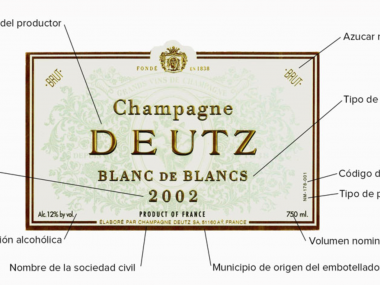Terroir and long aging. Native grapes and absolute respect for the land. “This is the heritage we received and this is the heritage we set out to keep: The relationship of the wines with the land and the tradition of long aging”, says Xavier Gramona, and synthesizes with it the pillars of a winery that has been producing one of the best sparkling wines in the Spanish market for more than six generations.
How would you describe the philosophy behind your family and your winery?
My generation is the fifth generation of Gramona. It has inherited a tradition that we once believed was worth preserving because it went against the tide in the world of sparkling wine. While sparkling wines 20, 30, 40 years ago were young, fresh, fruity and economical, in our family tradition, wines of long aging were made. Furthermore, we believed in a grape that 30 years ago was barely known, which was the Xarel·lo. At that time, we were committed to 100% Xarel·lo sparkling wines with ages ranging from 5 to 15 years. This was a strange paradigm at the time. That tradition, when this fifth generation arrived at the winery was questioned by opinion leaders who defended the impossibility of making sparkling wines with long aging outside the Champagne and less with Xarel·lo grapes in a Mediterranean latitude.
On the one hand, we inherited that tradition. On the other hand, we find ourselves in a world, which was that of sparkling wine, which at the time ignored the concept of terroir. Sparkling wines from very different origins, such as La Rioja, Extremadura, Catalonia, Valencia, could be called cava. The sparkling wines of Gramona came from certain terroirs and we often talked about it. But I don’t think we were sufficiently appreciated for the contribution of the terroir to the wine. We were defending a terroir that had been in the family’s hands since 1850. My great-great-grandfather worked it as a sharecropper and my great-grandfather bought it.
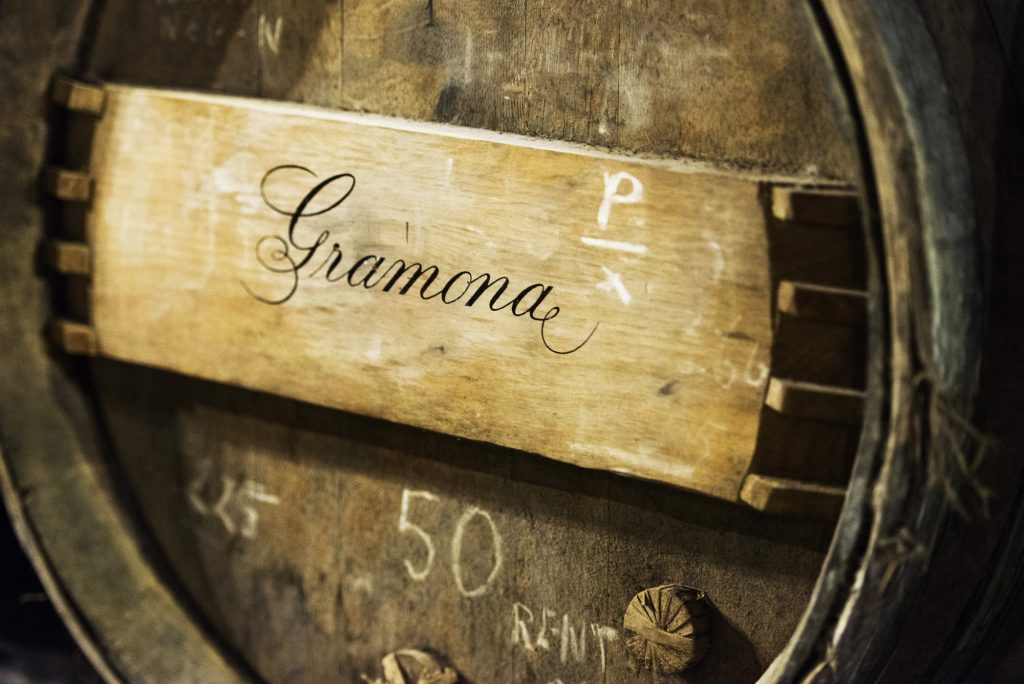
This is the inheritance we received and this is the inheritance we set out to keep: The relationship of the wines with the land and the tradition of long aging. And this stubbornness ended up giving its results because in the last 25 years, opinion leaders evolved with the culture of wine. There began to be a lot more information in the media that was dedicated to wine, clubs, bloggers. In the 90’s there were three or four gurus and if they decided that sparkling wine had to be young, fresh and fruity and that the best Spanish sparkling wine was a two year old Pinot Noir cava, nobody would argue with that.
My family stubbornly persisted in their tradition and the increasing interest in wine culture on the part of the consumer, made them reconsider that paradigm and little by little the guardians of this tradition, who were basically us at that time, began to be considered as something very positive. In the last fifteen years, perhaps a whole series of Spanish brands and brands from outside Spain have been added to this change of paradigm.
What distinguishes a good sparkling wine?
A first-rate sparkling wine usually has an exceptional aging on lees, which is what distinguishes it from a still wine apart from the bubbles. That aging, the longer it stays with the yeasts, will be considered as more exceptional. A great sparkling wine would be one which, while enjoying that ageing, retains all the freshness and tension you expect from a sparkling wine. Great sparkling wines achieve that utopia and preserve fresh and tense bodies, after many years with yeasts that give them much more elegance, balance, complexity and everything we look for in a great wine.
This change of paradigm has taken place in the last 15 years in Spain and we believe that we have been important in it. That is what we have inherited and our philosophy therefore has to do with pursuing that which was a utopia a few years ago, but which is no longer so: That great sparkling wines could be made that are representative of a climate and a land with a time of aging on lees, anywhere in the world, especially in our land, in our Mediterranean climate and in our Penedés Valley.
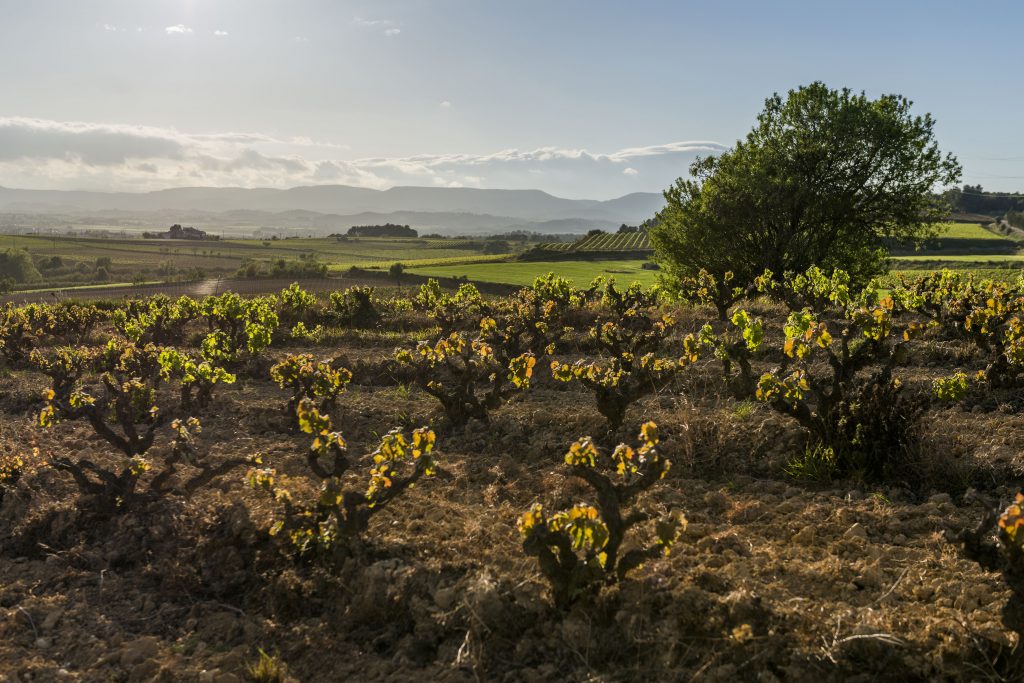
What specific characteristics do both climatic and geographical conditions bring to your wines?
They are Mediterranean wines. They are wide wines. They are wines from a discreet land. Each wine represents these lands, which are sober lands and, therefore, are sober wines. But, above all, they are Xarel·lo wines accompanied by a bit of Macabeo, even at a certain moment with a pinch of Chardonnay.
The Xarel·lo is an important part of this terroir. It is a grape that by definition is shy and is sober in the entrance in nose and mouth. It is a grape with a certain acidity compared to the rest of the grapes in the area. And it is a grape that until it enjoys a certain aging, a certain oxidation, it does not show, it does not open the terpenes that show us those fruits and that Mediterranean landscape that is behind each wine. But at the same time it is a grape that oxidizes very slowly.
It’s a grape that my great-grandparents used to make a wine that was able to travel to France, be sold as a white wine for champagne and arrive in Champagne after traveling by boat to Marseille and by train to the north and had not oxidized. So it was one of the most appreciated wines that they could buy and then make a sparkling wine that had to be made from a fresh base wine. My great-grandfather already observed this. After the Spanish Civil War and the World War, the wines of Xarel·lo that had not been able to be sold, which were sparkling wines that had been in the market for more than ten years, are now magnificent, and have been preserved beyond what the legends say at the time.
When you see that it is the only wine that can be exported to France because it stays fresh during the trips we stop pulling it out and this is how the Xarel·lo lasts in the area of Barcelona. And today it is the only geographical place in the world that has Xarel·lo practically.
This family experience has led us to produce long-aged sparkling wines since about 1950. This is where the tres lustros was born. In the year 51, my father, who spent 45 to 51 years selling our stocks to French champagne companies because in Europe, logically, after the war, the sparkling wine producers had run out of stocks and everyone wanted to celebrate the victories, seeing the success of this type of bottle, decided to produce from then on and forever, sparkling wines of at least ten years of aging with Xarel·lo.
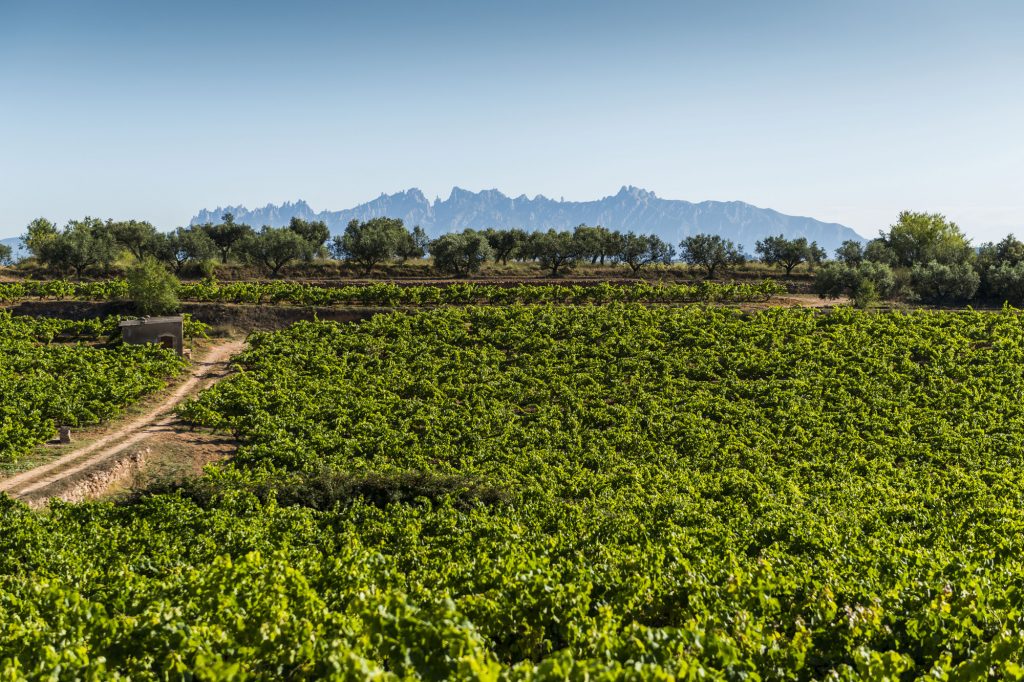
In 97, the University of Dijon tells us for the first time that Xarel·lo has more antioxidants than Pinot noir or Chardonnay. In 2006, the University of Washington confirmed it.
The Xarel·lo, which is a variety that has neither father nor mother in the family tree of the varieties, does not depend on any other variety. It is not known exactly where they come from, probably Mesopotamia. It is a variety which oxidizes very slowly. All this has to do with the terroir. Our terroir is conditioned by a Mediterranean climate, relatively temperate since our valley is separated from the sea and has varied, very interesting soils. But above all I think there is a great influence and more in a wine in which the aging with lees, the grape variety, has a great importance. The variety, in this case being Xarel·lo the protagonist of Gramona, has all these peculiarities that make that although we have a relatively warm and Mediterranean climate, which makes that the wines normally do not have much acidity and therefore do not have great capacity of upbringing, it is contrasted by a grape that oxidizes very slowly and that really gives it capacity of upbringing. So much so that we can find in our land sparkling wines from 10 to 20 years, which retain all their tension and all their freshness. This is something very unusual for a sparkling wine from a Mediterranean climate.
The result is sober wines with a great capacity for ageing. It’s like a shy boy, one of those who see with his head down, who doesn’t pay much attention to them when he’s young, but when he grows up, he raises his head because he’s more experienced and doesn’t mind showing off what he’s like, and says “What an interesting guy this is”. The Xarel·lo is a bit like that.
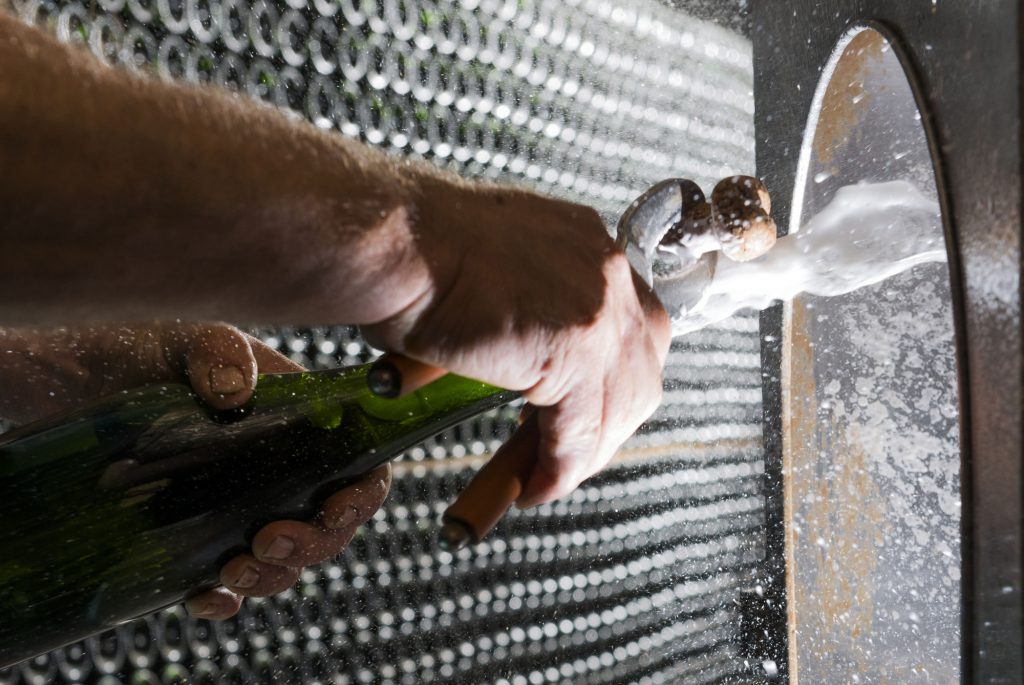
How was the incursion into sweet and still wines of you, the fifth generation?
In 93 or 94 we started with the Gessami and the Mas Escorpí, which are wines already from the land. At that time, Jaime, my cousin, when returning from Dijon, had been in love with Chardonnay, Pinot Noir, Sauvignon and had asked to plant a few quantities of these varieties. And that led us to wines that at the beginning, at that time were exotic, but in a market where there was not yet much talk or self-esteem for the native grape, they seemed to be suitable wines and were also very well received by the Spanish market. In fact, our Sauvignon Blanc was several times better Spanish wine in some guides. Our Chardonnay was also one of the best Spanish wines at the time. Gessami, which is a wine made with Moscat, was a wine shown in all sommelier schools as a wine that was necessary to know for anyone starting in the world of wine. And little by little we were deriving to wines of native grape, already with our experience and with the years to a type of terroir that was based basically on the Xarel·lo and on the Macabeo and later even the Parellada, the white Garnacha, etc., that are grapes that already the sixth generation, my nephew and my son, are working even with their own mark and soon they are going to present in the market.
What can we expect from your family in the future?
Today we are ordering our still and sweet wines outside the Gramona brand. The line of still wines is related to Mas Escorpí, especially those of the fifth generation, which is one of the hills of our domain. It has been my nephew and my son, Leonard and Roc, who have taken this old winery and are working in it. This is where most of our still wines are centered today. These wines are terroir wines, centred on a few plots of land. We cannot hide the fact that years ago we were in love with these foreign grapes and we are going to keep them, we are not going to change them for local grapes because they are vineyards that are between 20 and 40 years old. If it is true that there has been a drift that has much to do with our way of thinking from experience, towards the most indigenous and local. Therefore, in recent years we have been exclusively dedicated to expanding and reintegrating, as Xarel·lo, Macabeos, Garnachas, etc.
The sixth generation has a lot of drive. They will know how to continue transmitting this heritage of the Xarel·lo of the Gramona Imperial three lustrums, but they also have their own projects. They are talking about their wines. All their wines are made from native grapes, and they have been born within sustainability. The theme of the environment is evident and they have it much more polished than we do. That’s why I frankly believe that it’s up to us to take a step forward, to leave it to them.
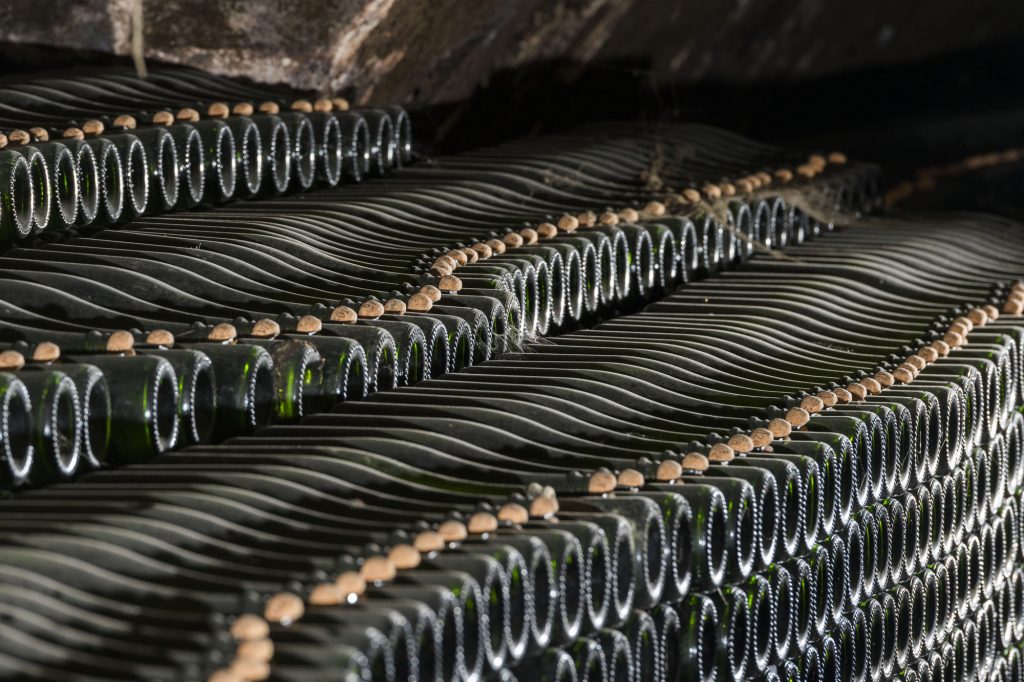
Why is sustainability, biodynamic winemaking, renewable energy fundamental for you? When and why did you decide to give it that importance?
We don’t know if it was by accident or because we started to have a certain environmental awareness about 20 years ago, maybe because when you are a parent you already start thinking about the world you leave to your children. Jaime and I, we were parents about 30 and 27 years ago. Then we realized the atrocity that working in the vineyard meant to the environment, the use of water that was made, the lack of treatment plants at that time, the waste of energy.
In the year 2000 we started to design a new winery because the previous one had become too small for us. It was perhaps in the design of this winery that we realized all the possibilities we had to work for the environment and sustainability. So, we had conversations with architects and landscapers and came to several conclusions. We started by making a winery that was subway, which was based on renewable energies such as geothermal or solar, a winery that had the first large treatment plant of a medium or small winery like ours, independent. Water reuse, rainwater collection systems, etc.
We have made a whole journey that began at that time, which has led us to be every year at the Biodynamics Congress, and to have close relationships with people within sustainability. Then in 2010, we were concerned about the incidence of climate change. We saw that our plants, with the strong droughts, were suffering much more than usual. After looking for experts we came across a couple, a French couple from Dijon, who are gurus of the land for agriculture in general, but very especially for the vineyard, and are consultants to some of the world’s iconic wineries, Lydia and Claude Bourguignon. We made them advisors to Gramona and since then we have worked with them in understanding the land.
They taught us to look beneath the soil. Until then, Spanish and Western agriculture and agricultural engineering tended to look at plants from the ground up and perhaps in the first inch down. These gentlemen taught us to dig with excavators 2 and 3 meters below the ground. To see the type of soil we had with a microscope. They taught us that there was an animal world below the ground. The microbiome, with all the world of microbes that exists.
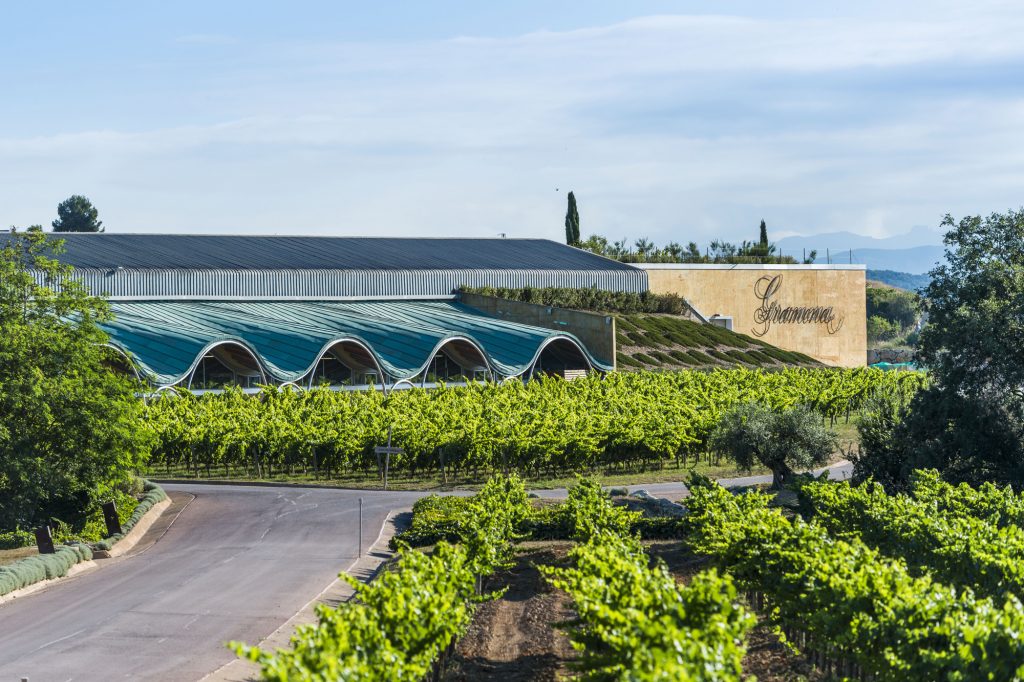
We learned the concept of the life of the terroir, which is the food of the plant and is the food of the highlands. In other words, without this microbes, there are no animals on the ground. There are no plants beyond those imposed by man. And therefore the landscape changes completely. With these gentlemen we knew that after so many years of treatment with chemicals or with pesticides in the soil all this microbiome under the soil. They showed us how all this life under the ground had disappeared and how the roots of our plants had started to stop growing. Those plants were more than a meter above the ground and less than a meter below, so when there was a drought it depended much more on the aerial part than on the deep part.
If we wanted this plant to be independent of what was happening above the ground, if we wanted this soil to retain the humidity that it had to retain, to generate the food for the roots that we had to have so that each wine would know what its soil was like and not the same as any other wine from any other land, so that the plant would be more resistant to climate change, and so that the wines would recover the personality of the terroir where they were planted, we would have to look for the repopulation of this microbiome.
To do this, it was not enough for us to do the organic farming that we had started to do ten, fifteen years ago. Neither was the environmental sustainability that we were looking for, but we had to go to a biodynamic agriculture that was somehow a more aggressive therapy to make the land have strong microbiomes again. They were the ones who showed the way to biodynamics and we got into it.
We noticed a rapid evolution from the microbiome, which we should have had 100 years ago, to an earth full of worms that create tunnels that circulate oxygen and water inside the earth. We have seen the appearance of small spongy calcareous stones that conserve humidity. We have seen an evolution in the vineyard in recent years that is very interesting.
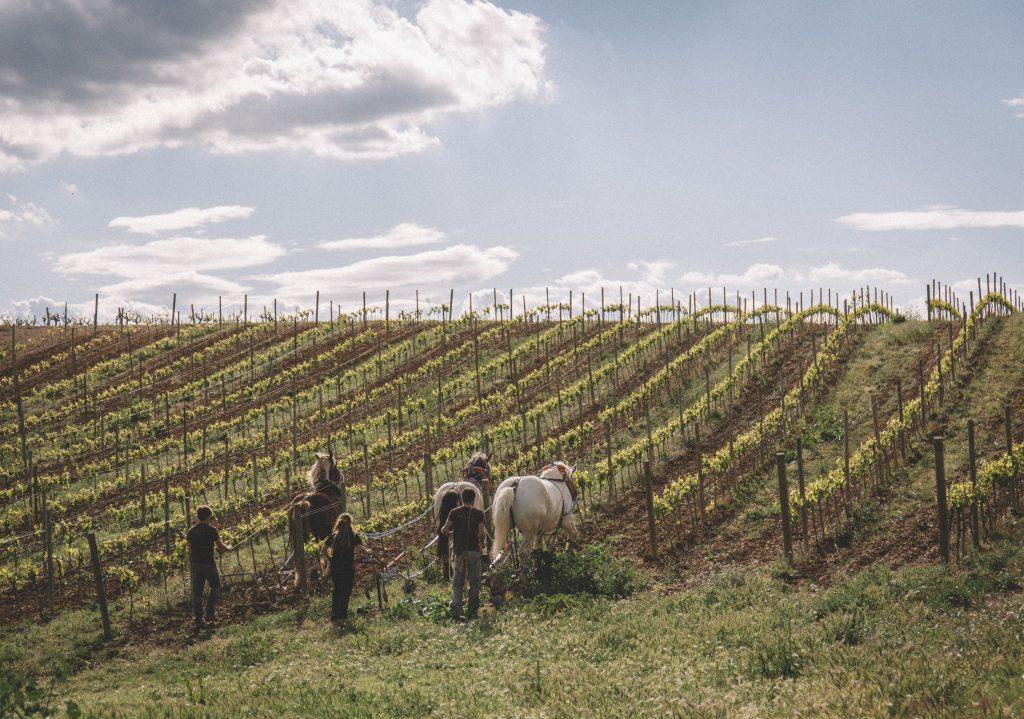
What is the place for you in the local and international market?
The local market is important, it always has been. When I arrived in 1995, there was a great hunger for quality wines in the local market. The paradigm of Spanish wine was that many farmers sold grapes and very few made wine. The wine was concentrated in big producers.
So all the growth that Gramona has done over the last 30 years has been because the local market, which was growing in cultural interest in wine. However, the local market has always grown beyond our possibilities of growth. Therefore, we have always wanted to open doors in foreign markets as a matter of diversification and also because they have come to us. The foreign market, will be today around more than 10%. Depending on how my son and nephew continue to grow, it will be 15, 20 or 30, whatever it has to be.
The Spanish sometimes don’t know how lucky they are to be able to pay for this bottle of Gramona Imperial at almost half the price or two thirds of the price of basic French champagne. But out of here is an obvious question of more complex distribution systems for a lesser known brand that ends up having very high prices or even higher than the champagne. This also means that rotation abroad and brand awareness are slower.
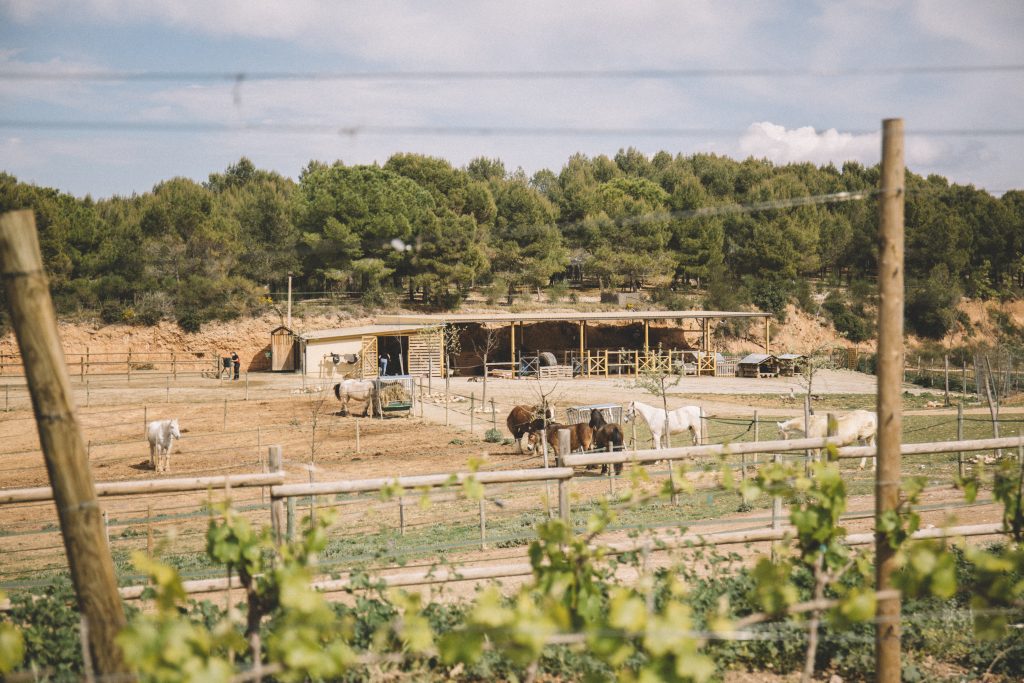
Why do you emphasize the idea that your sparkling wines are double wines?
Wines can be sparkling, still, sweet, generous. But they are all wines. This is a sparkling wine, which here we call cava or champagne, but in the end it is a wine. Indeed, it is twice a wine. When we talk about the quality of sparkling wine, we are talking about two parts, the quality of the base wine, which is a still wine. And the work we have done on the ageing process. I would like to insist that in still wine, the terroir for me is 90% of the wine. In the case of sparkling wine, the terroir can be 40, 50, 60% of the wine. A sparkling wine is like a person who has character and personality. Character is DNA, it is genetics, which has been given to you by family, by nature. Still wines are basically 90 percent character. When they are aged for years they take on a certain personality related to the barrel, to the time, etc., but they are still basically character. In the case of sparkling wine, there is an education, which is the time in the yeast. From there the personality is formed. In sparkling wine that personality is almost as important as character.
We have taken a land with a character that a priori was not made for sparkling wine and with the help of the Xarel·lo we have sought time, we have sought education, we have sought the intervention of yeast and that gives it a personality that although the land appears a priori not too suitable for great sparkling wines, we have educated it.


